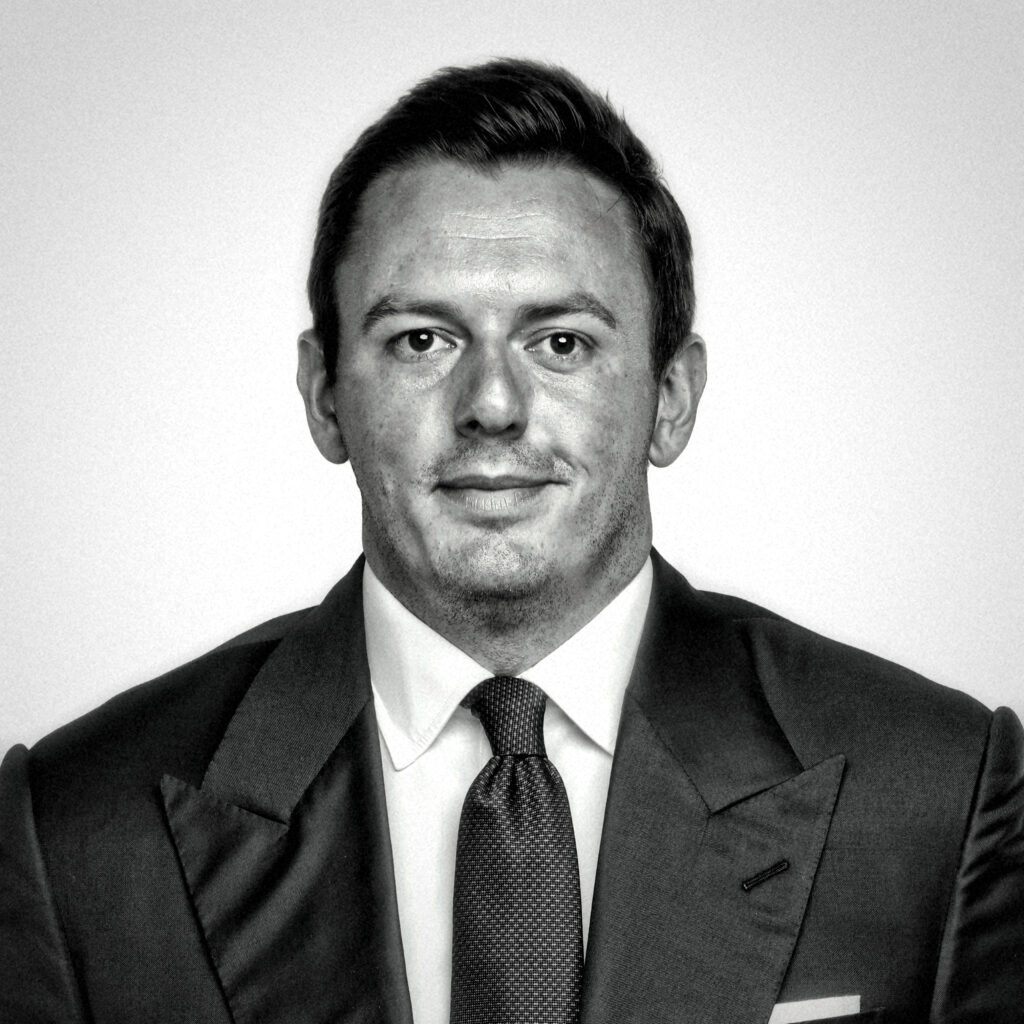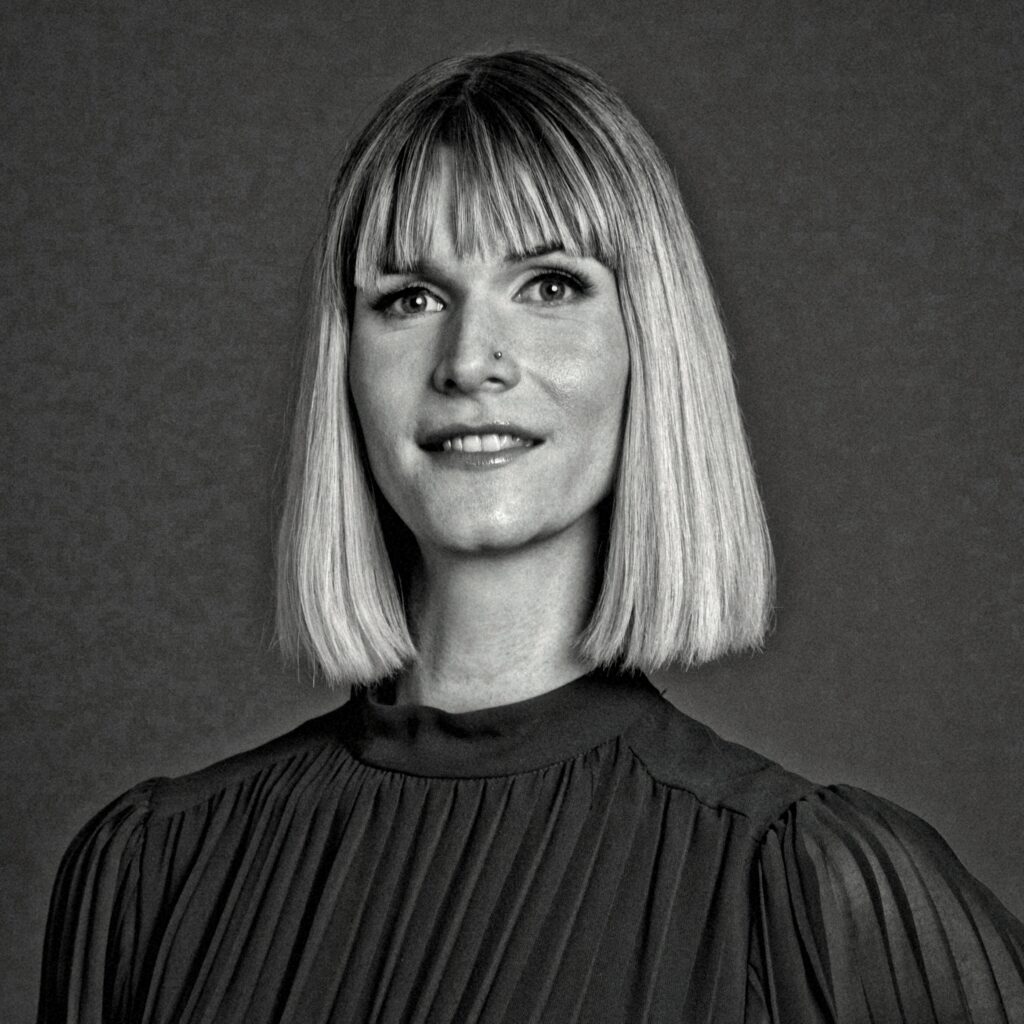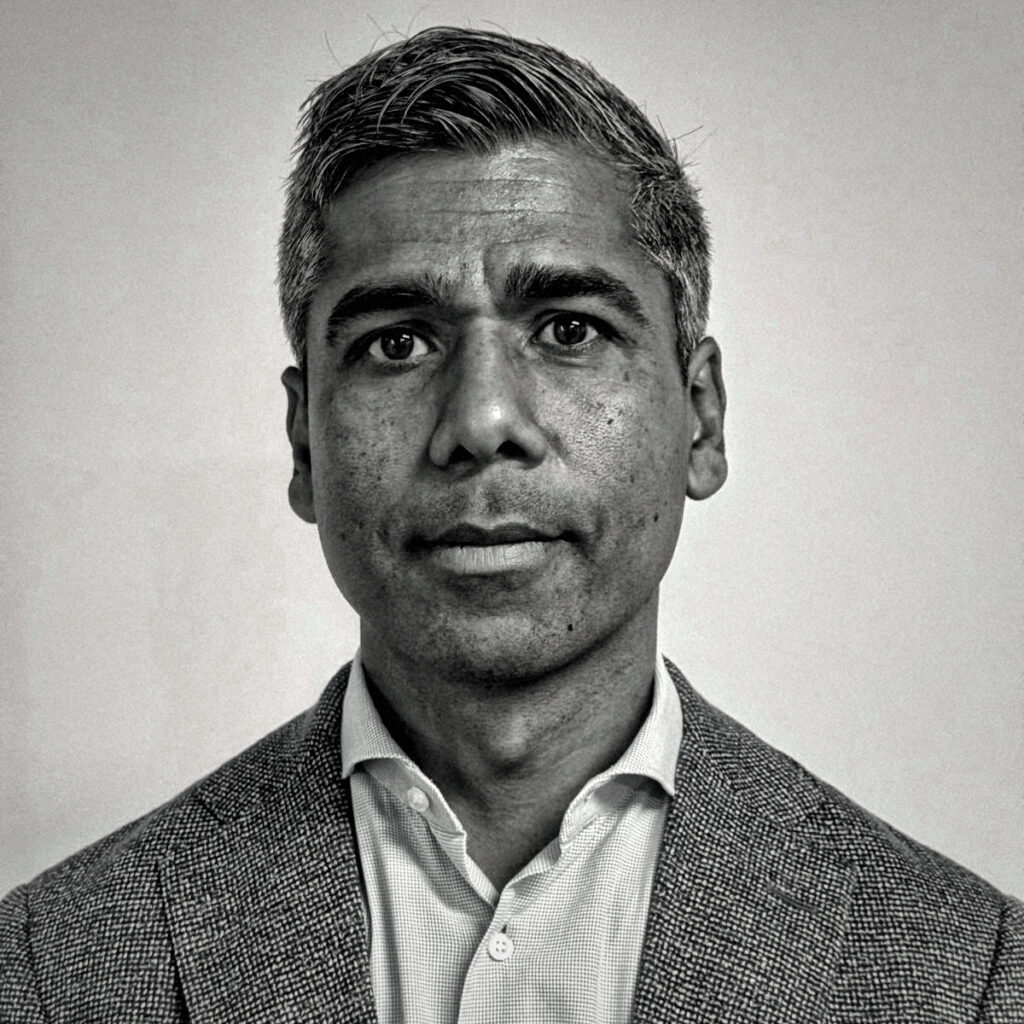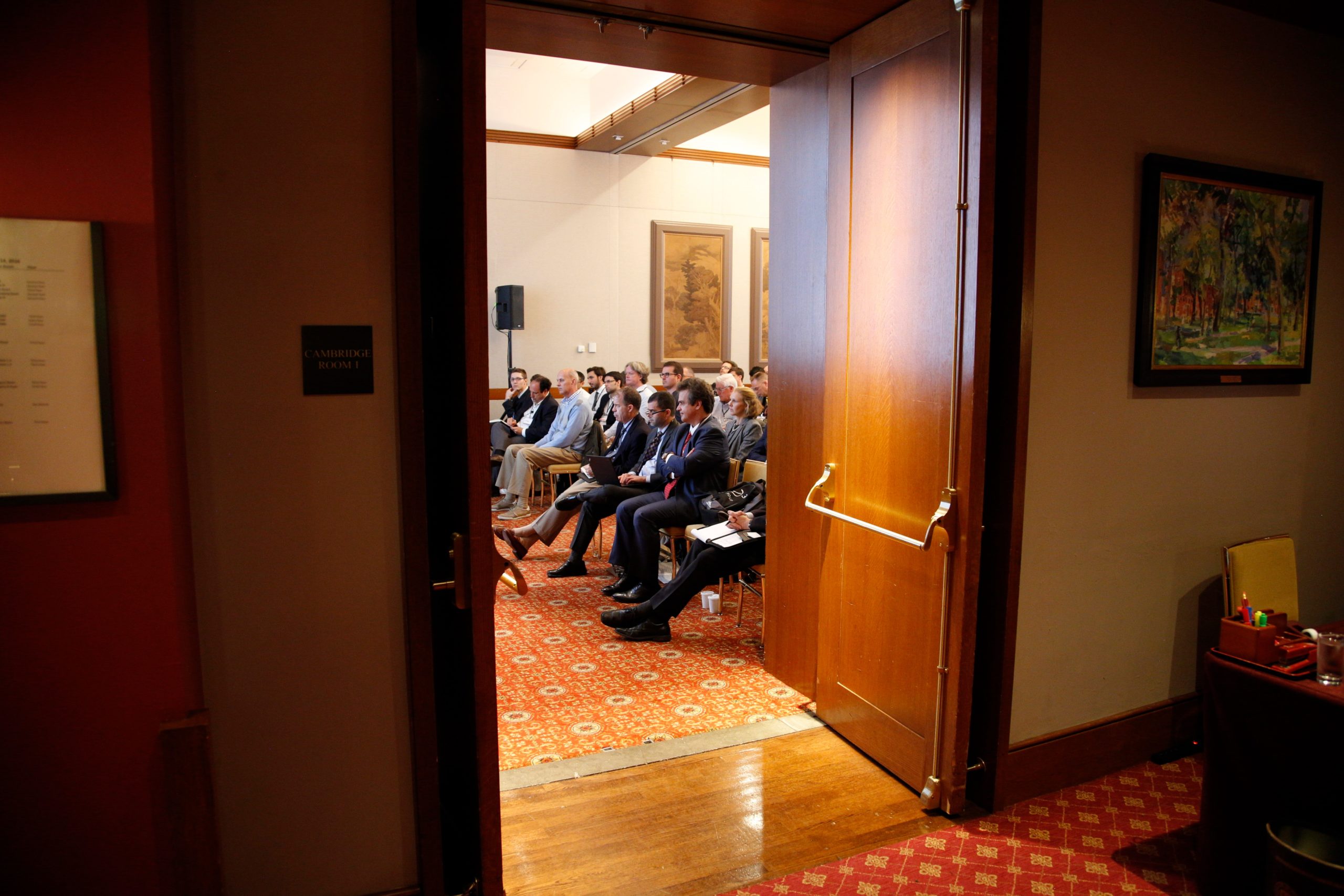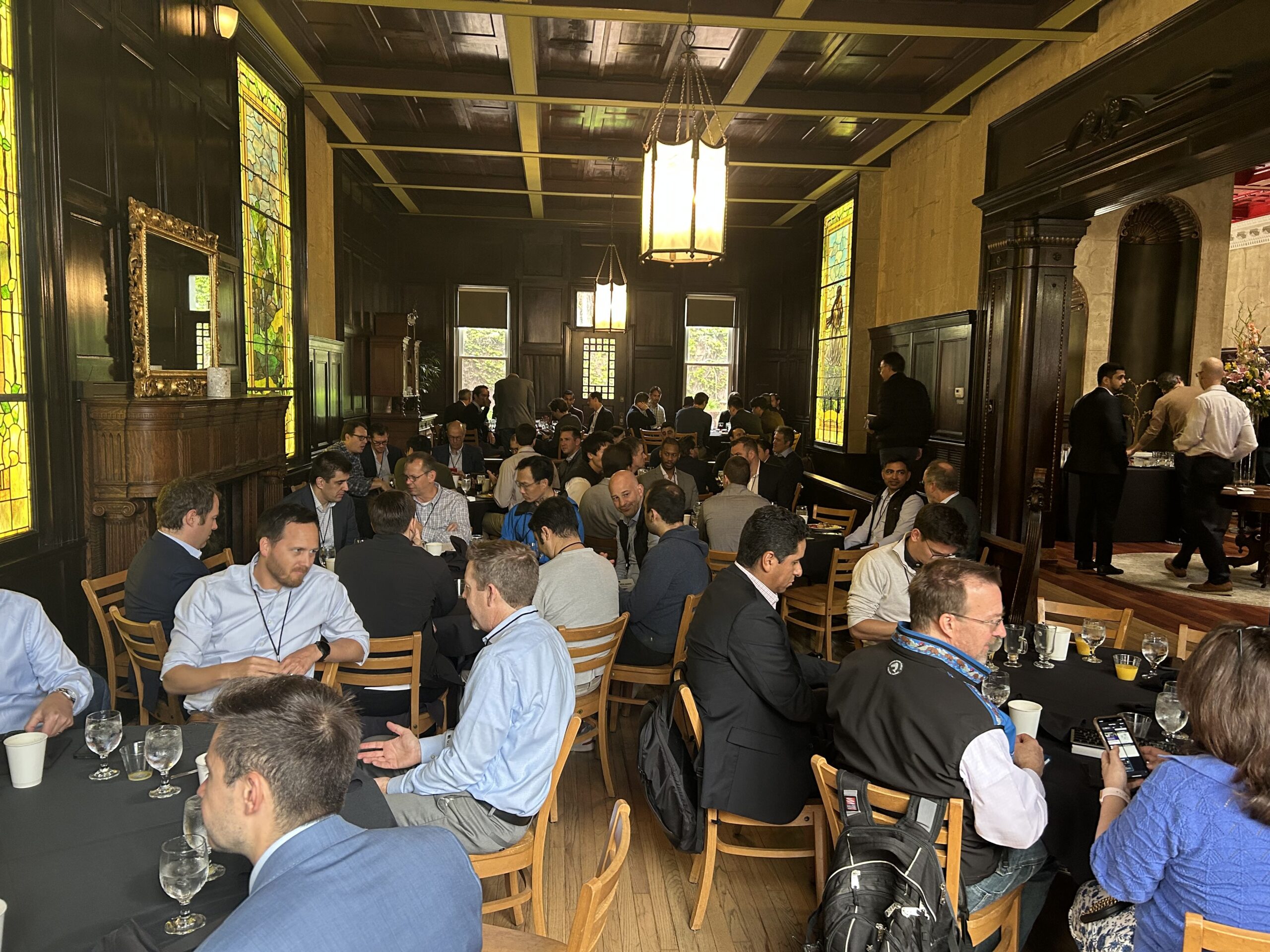This article is authored by MOI Global instructor Keith Weissman, director of research at Sibilla Capital.
It is well known that investing is not an endeavor where participants garner a perfect record. In fact, the batting average of investors is well below perfect, even for the best investors. It is not something that investors like to admit, but it is the reality of the industry. The marketing machine backing the industry loves to focus on investment process and returns but even underlying those sterling returns and impeccable processes are a slew of bad investment choices. The goal of an investment manager should be to steer clear of poor investments.
The themes discussed in this article attempt to address some of the roadblocks littering the pathway to success. By falling victim to any of these roadblocks, an investor is invariably shifting the odds against themselves, even if they are able to overcome a roadblock in any one individual investment idea. Investing is difficult enough without shifting the odds out of one’s favor, so with this in mind, I will discuss some things to watch out for as one analyzes ideas and manages their portfolio.
Falling prey to personal biases
It is easy to fall in love with a company based on a positive experience with the company’s product or service as much as it is easy to form a negative opinion based on a bad experience. These individual experiences should not play into one’s investment opinion about the company. Even the opinions of those around them should not make much difference either. In analyzing a company a completely unbiased view should be formed based on what the facts and circumstances dictate about a company’s business model and competitive environment. A relative of mine who does not work in investing or finance told me that he bought shares in Shake Shak. When I asked about his rationale, he said that he likes the company and that they are expanding quickly.
While I could not argue with the popularity of the product (almost cult-like) and the high flying expansion plans, what I could not help but notice was the wild expectations by the market reflected in forward estimates and the valuation multiple. Now this is an extreme example of an inexperienced investor investing for the wrong reason. It is not to say that professional investors would be this flippant, but it is easy to let personal biases stand in the way even at the highest level of investing. One must go beyond the product or service and one’s own perception of a company and understand the business model and competitive positioning to best begin analyzing the company for investment.
Fighting the trend
Have you ever tried running against a stiff wind? You wind up expending much more energy and running more slowly, and likely end up not achieving the desired distance without excessive effort. Running with the wind rather than against it can tremendously improve performance and results. Investors need to proceed in the same manner. When there are demographic, regulatory, technology, health, consumer preference trends at work, these are not to be ignored. Investing against these trends makes picking a winner an uphill battle. It might seem obvious not to bet against a trend, but it happens.
Typically, the investor is not ignorant to the trend, rather they become overconfident in their thesis. Sometimes, the components of the thesis can overcome the trend, however this is about putting the odds in one’s favor, and this is not a way to do so. The “trend is your friend” is the old saying, and it should not be forgotten.
Falling in love with valuation
I can’t tell you how many times I hear an investment thesis where valuation is the lead point. A company’s valuation level is not likely to change unless there is a repricing of all stocks, driven by macro factors, or something changes with the company. Therefore, the focus of the thesis and analytical work should be on determining what is going to change at the company and how much difference this will make in earnings and cash flow rather than wondering what will be the uptick in the multiple of the stock.
The idea that a stock is cheap based on a low multiple is a fallacy and needs to be accompanied by a more cogent argument surrounding expectations for improved margins, growth, and/or ROIC. These are the components that drive multiples on top of a determination of risk.
Many times valuation multiples are evaluated based on historical context. One needs to consider that companies and industries evolve over time with the growth, margin, and ROIC characteristics of the business changing over time. This could cause a permanent shift in the multiple making historical comparisons moot. Unless something is changing in the business which should lead the thesis anyway then the multiple should not be the impetus for investing.
Ignoring what is priced into a stock
Successful investing entails knowing what the market doesn’t know. Benjamin Graham coined the phrase “Mr. Market” to identify the irrational decision making among market participants suggesting the current market price may or may not represent fair value for a company. I would argue that this concept ignores that there are many rational investors included among Mr. Market and their opinions are included in the observed price as well. Subscribing too strongly to the Mr. Market theory will cause one to ignore what is priced into a stock.
Rather than focusing on intrinsic value versus market value and justifying investment that way, one would be better served being able to differentiate their outlook for the company versus how the market expects the company to perform. This is not an easy exercise since the market is a conglomeration of many different views of the future, but it is a worthwhile endeavor. The benefit of this is that the investor will have a stronger thesis as the difference in price will have a more specific explanation behind it rather than simplistically being a function of an irrational market.
Not considering other scenarios
In determining a thesis, some investors spend all of their time refining their view of they think will happen to the company. They will even highlight some of the key risk factors. However, these risk factors rarely seem to get quantified such that the investors knows how the company might perform financially and ultimately what is the valuation under other scenarios that may unfold because of the aforementioned risk factors. Most investors spend most of their time talking about what is right and sometimes what is misunderstood. However, understanding what can go better or worse than expected can help make better investment decisions. People naturally want to talk about why they are right and don’t want to think about being wrong.
Margin of safety, prevalent among value investors, is one way to deal with this uncertainty. However, deciding on a margin of safety is arbitrary and it still does not allow an investor to distinguish between ideas. Two ideas can have the same margin of safety but have very different risk-return profiles. By running scenarios, one can assess which opportunities offer positive asymmetric returns, thereby increasing the odds of success.
Trusting too much in the turnaround story
One of the most popular investment ideas in the value investing world is the turnaround story. Every turnaround story sounds great and hope springs eternal. The price at which one can buy into these stories typically looks “attractive” to investors, hence the allure. However, the reality is most turnaround stories fail. In a lot of cases, the problems at the company cannot be solved no matter the good intentions of management. While these turnaround stories can offer big upside as investors throw in the towel on the underperforming company, these companies can also terminate leading to a total or near total loss of investment.
Having a near total loss in a portfolio can take a long time to overcome which is why one needs to tread carefully here. Successful portfolio management entails putting the odds in one’s favor and part of that is minimizing downside on adverse positions. Now, management will communicate a grand plan in these turnaround situations, however investors must properly assess this plan and really identify exactly what is going to change and why it will be different going forward. Too often the words of management are accepted at face value and the entire thesis gets wrapped up in those words.
An investor who runs blindly into these turnaround stories is potentially setting themselves up for a big loss. There needs to be a highly selective in these situations, but based on how often I see investment thesis built on turnaround stories, it seems that many are being taken at face value too often.
Relying too heavily on international growth
How often do you hear company management trumpeting their international growth strategy? Most companies have unexplored areas outside of their home country and it is easy to proclaim these unchartered waters as a growth opportunity. It seems to be the magic elixir for what ails a company when a company is struggling to grow in its current markets.
It is very easy to speak about international growth opportunities and it is another thing to execute on this strategy. For investors, international growth is an easy add on to an investment thesis, because who is to argue with an unexploited growth opportunity. GARP investors seem enamored with these particular opportunities, however international growth is fraught with risk. This is due to competitive factors, cultural differences, lack of brand recognition and less favorable regulatory environment among the many landmines that companies face in other markets.
Netflix, Target, Ebay, Yelp, Disney, and Best Buy are among the many companies that have had missteps in international expansion showing that even the best companies are not immune to the risks faced in international markets. International growth is generally a high risk proposition and unless the upside warrants it, one needs to be real careful about falling on the crutch of international growth to support an investment thesis.
This is not a proclamation that companies which tout international growth should be avoided, rather that investors must approach with caution given the high degree of uncertainty. Ultimately, one must consider the risk-reward of investing in a company dependent on international growth and this refers back to a previous point about considering various scenarios.
Watch an excerpt of our conversation with Keith on idea generation:

Members, log in below to watch the full video.
Not a member?
Thank you for your interest. Please note that MOI Global is closed to new members at this time. If you would like to join the waiting list, complete the following form:


